Is a $3,500-a-Night Safari Camp Choking Off a Vital Wildlife Corridor?
25.11.2025
A Luxury Safari Camp in the Path of the Great Migration?
Ritz-Carlton’s new high-end safari camp in Kenya’s Masai Mara promises guests “front row seats” to the Great Migration. But Masai community members and wildlife experts say the site sits in a fragile, critical area for animals and should never have been approved.
When Marriott International announced in February that it would open the Ritz-Carlton Masai Mara Safari Camp inside the Masai Mara National Reserve, it framed the project as a new benchmark for African luxury travel.
The camp, built on the banks of the Sand River, consists of 20 tented suites, each with a separate living space, private sunken lounge, infinity plunge pool and indoor and outdoor showers. From there, guests can watch the annual movement of millions of wildebeest, zebra, gazelle and other species as they cross between Tanzania’s Serengeti and the Mara in search of grazing and water.
Opening in August at about $3,500 per night, the property became Ritz-Carlton’s first hotel in sub-Saharan Africa and its first attempt at safari tourism.
For many Masai who live in villages surrounding the reserve, and for local guides who spend their days leading game drives, the project feels much less like progress and more like a threat.
‘One of the Last Undeveloped Places’
“The Masai Mara is a delicate ecosystem already overcrowded with tourist camps,” said Meitamei Olol Dapash, a Masai elder and director of the Institute for Maasai Education, Research and Conservation. He argues that the Ritz-Carlton was built on one of the last stretches of the reserve that had not been developed.
Dr. Dapash and other opponents want the camp dismantled, the riverbank restored to its original state and native trees replanted before the next migration season.
In August, he filed a lawsuit against Marriott International, Ritz-Carlton, their Kenyan partner Lazizi Mara and local officials. The suit claims the camp lies in the middle of a key migration corridor used by wildebeest during the Great Migration, particularly between July and September.
Marriott has said it cannot comment on ongoing litigation. Lazizi did not respond to recent inquiries but told Reuters in August that the camp is not blocking a migration route.
Several researchers say the data tells a different story.

Scientists Warn About a Critical Wildlife Corridor
“The planned lodge sits directly on one of the main wildlife corridors between Serengeti and the Masai Mara,” wrote ecologist Grant Hopcraft, who has been tracking wildebeest movement in the region since 1996, in a letter to Kenya’s Environment and Land Court.
Joseph Ogutu, a Kenyan scientist at the University of Hohenheim in Germany who has studied Mara wildlife migrations for more than 30 years, agrees with that assessment. He notes that decades of data show the stretch of river where the camp is located plays a vital role in the Great Migration.
Every year more than 250,000 tourists travel to Kenya to witness the spectacle of wildebeest, zebras and other animals on the move. As visitor numbers have climbed, so has development. Experts estimate there were about 95 camps in the reserve in 2012; by 2024, that number had climbed to around 175.
Dr. Ogutu said the pace of growth should alarm authorities. More tourists mean more safari vehicles, many of which drive off established tracks, frightening animals and damaging the vegetation they rely on. In 2023, a viral video showed safari vehicles packed with tourists surrounding two cheetahs as they hunted and fed on an antelope.
He also points to wastewater from the lodges reaching the Mara and Sand Rivers, and noise and light pollution from camps disturbing wildlife.
“Tourism in Kenya has expanded exponentially since the early 1900s,” he said. “Wildlife numbers have fallen at a similar rate, and some species in the Mara — including the roan antelope, African wild dog, lesser kudu and oryx — have vanished.”
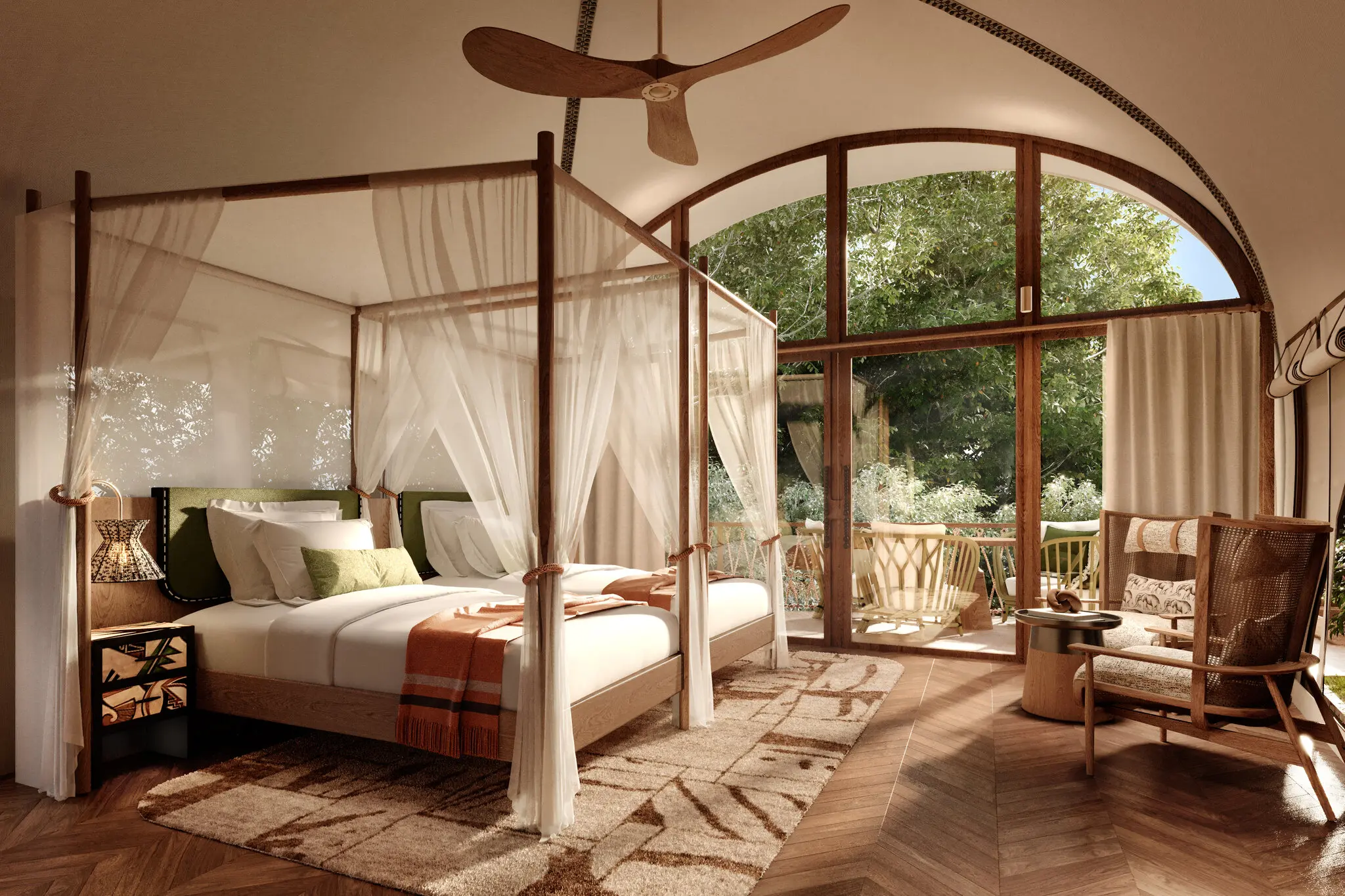
A Moratorium on Camps — and a One-Time Exemption
In 2023, local authorities approved the Masai Mara Management Plan, which among other steps imposed a moratorium on new lodges and camps in the reserve. Activists argue that under this plan, the Ritz-Carlton project should never have been allowed to go ahead.
“The county government is obsessed with bringing more luxury tourism, no matter the cost,” said Dr. Dapash. “They’re prepared to trample community rights, bend the law and damage wildlife and the environment just to attract high-end visitors.”
By law, Kenyan developers must consult nearby communities and obtain approval from the National Environment Management Authority (NEMA) before beginning projects that could affect the environment. The process includes an environmental impact assessment to measure effects on wildlife, vegetation, water and air quality.
Yet in a letter to NEMA’s director, Felix K. Koskei, chief of staff to Kenyan President William Ruto, granted Marriott a “one-time exemption” from the moratorium. He framed the move as part of the government’s effort to create a favorable business climate and encourage both local and foreign investment.
To many Masai, that exemption looks like a door being opened for more big luxury brands to bypass protections.
“If Ritz-Carlton is allowed to stay where it is, it will set a culture where any company with enough money can do the same, ignoring people and wildlife,” said Emmanuel Sananka, 26, a software engineer who grew up in the Mara and lives about half a mile from the reserve. “We need to show our community that their voice matters, even when Marriott has so much power.”
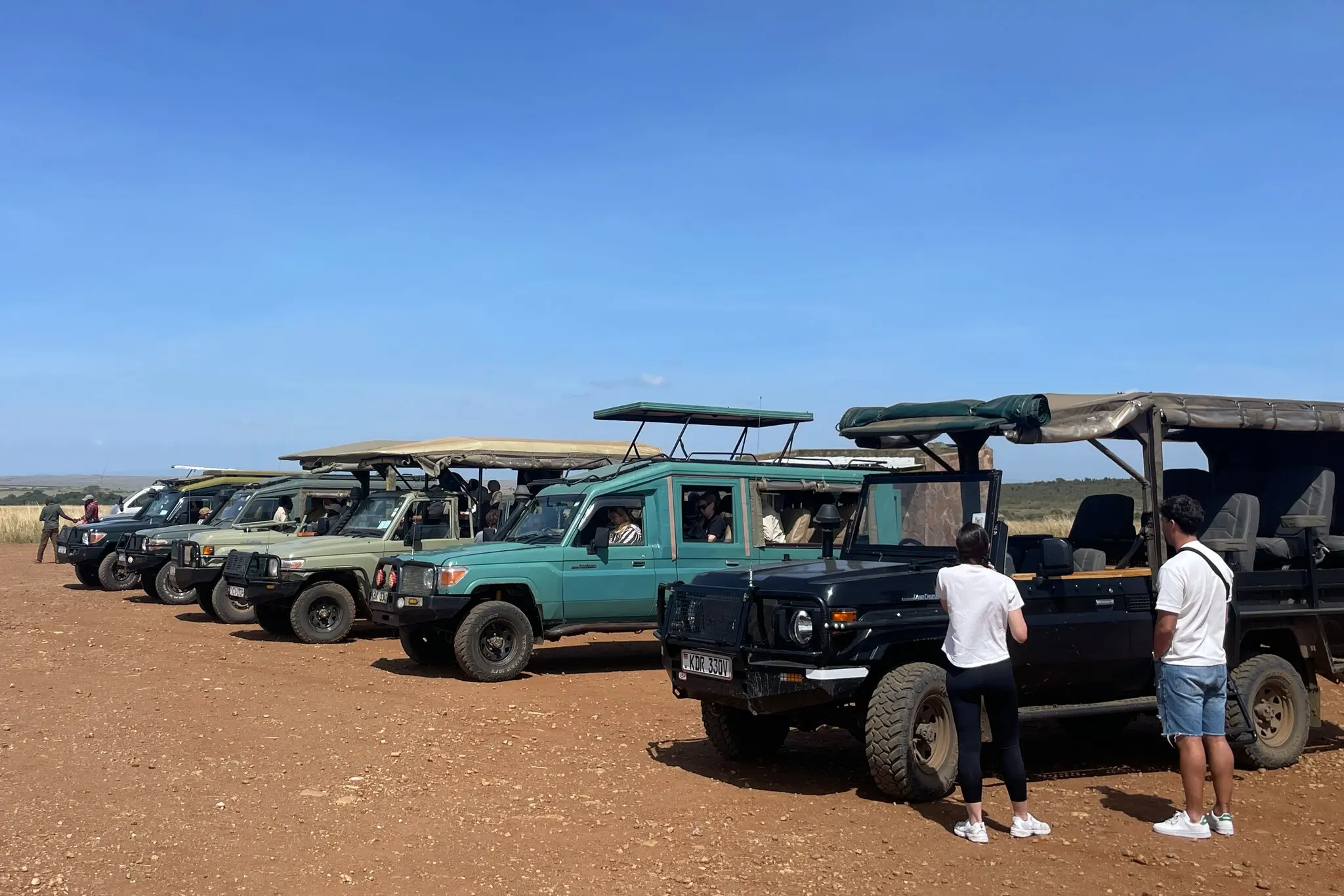
Disputed Consultations and Questionable Signatures
The lawsuit filed by Dr. Dapash claims that, with help from the Narok County government and NEMA, the developers did not follow legal procedures.
In an email, camp general manager Justin Landry said an environmental impact assessment was conducted in April 2024 and that the project was fully approved.
On Aug. 8, the day the lawsuit was filed, Marriott regional vice president Richard Collins also wrote to Dr. Dapash, saying Lazizi had complied with all requirements, including obtaining permits and approvals from the relevant Kenyan authorities.
Narok County officials and NEMA did not respond to questions. In a letter seen by journalists, NEMA said it had held meetings with local residents and received their consent to build the camp.
But at least one man listed as attending a meeting where Masai community members supposedly approved the development says he was never there.
“They claim I went to a meeting about the Ritz-Carlton, but I did not,” said Julius Manchau Liaram, a Masai herder whose name and signature appear on documents showing community support. “If I had gone, I would not have agreed.”
Mr. Liaram went to the police as soon as he learned his name had been used and filed a report. He believes whoever put his name on the documents assumed he would never see them.
“Many of our people haven’t been to school,” he said. “Some powerful people think we won’t say anything, that we won’t stand up for ourselves.”
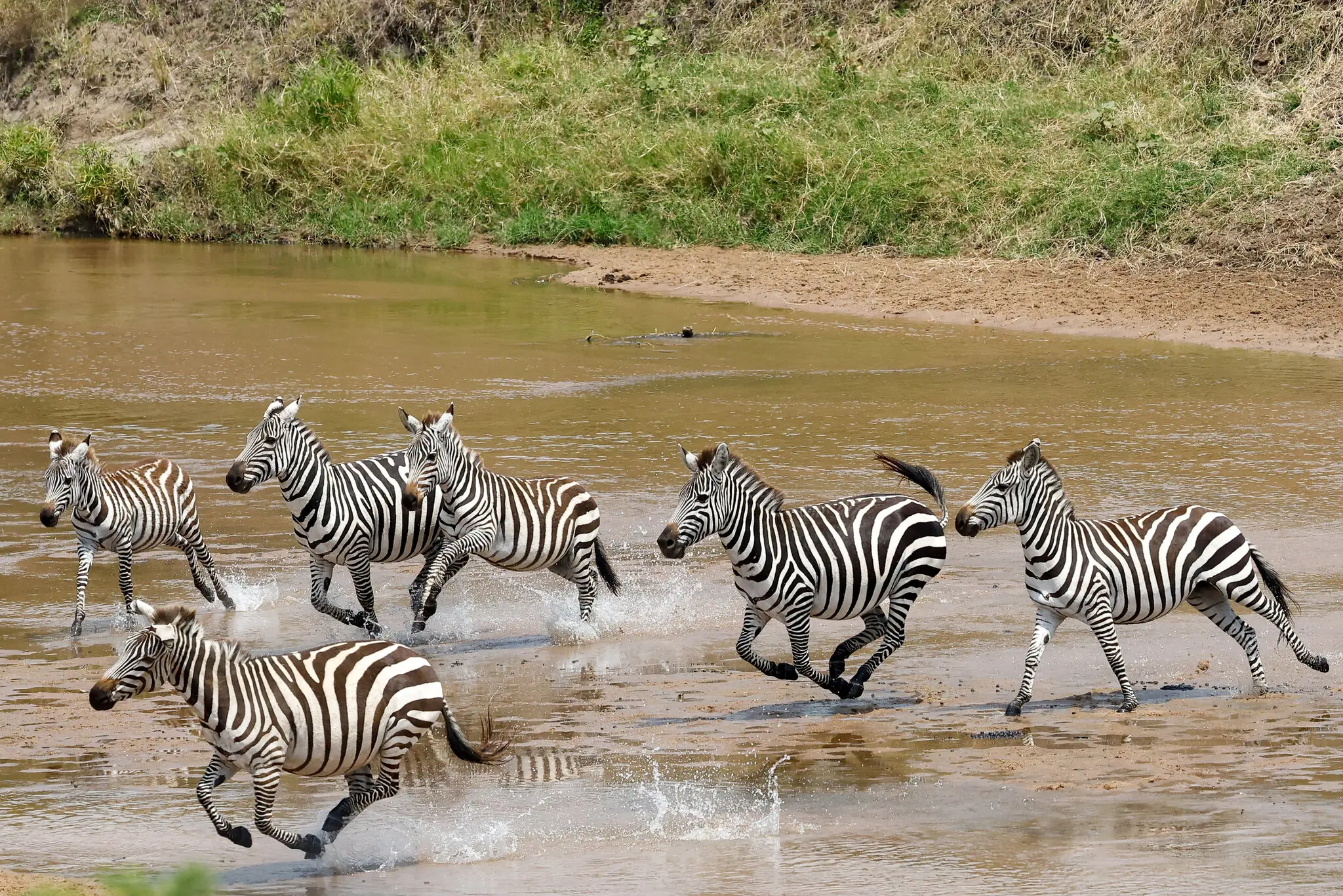
A Wall Between Guests and the Outside World
The Ritz-Carlton camp is surrounded by a low, improvised wall built from dirt and grass, blocking views of the property from outside. On a recent drive around the perimeter, a guide pointed out numerous tracks where wild animals had tried to climb over or push through the barrier.
For Masai guide and tour operator Jonathan Koshal, who runs the company Eye of Masai, the wall is symbolic.
“It’s a clear sign they want to separate wealthy guests from everyone else,” said Mr. Koshal. “Tourists in luxury camps don’t see what is happening to us. They’re protected from the reality of the community.”
The Push for Lower-Impact Safaris
In recent years, many conservationists have promoted safari models that tread more lightly on the land: fewer rooms, removable tents instead of permanent buildings and smaller, community-run conservancies. These low-impact properties have grown popular with travelers who want a more sustainable experience.
Across Africa, tour operators are increasingly talking about “regenerative” travel — not just avoiding harm, but actively restoring damaged landscapes.
Sarah Dusek, co-founder and chief executive of Few & Far, which operates an ecolodge in South Africa’s Soutpansberg Mountains, said the goal should be more ambitious than simply reducing harm. Her company’s Luvhondo ecolodge has six tented suites and is involved in “rewilding” and restoring roughly 247,000 acres.
“We need to be driving positive change — improving ecosystems, supporting communities and using tourism as a force for good,” she said.
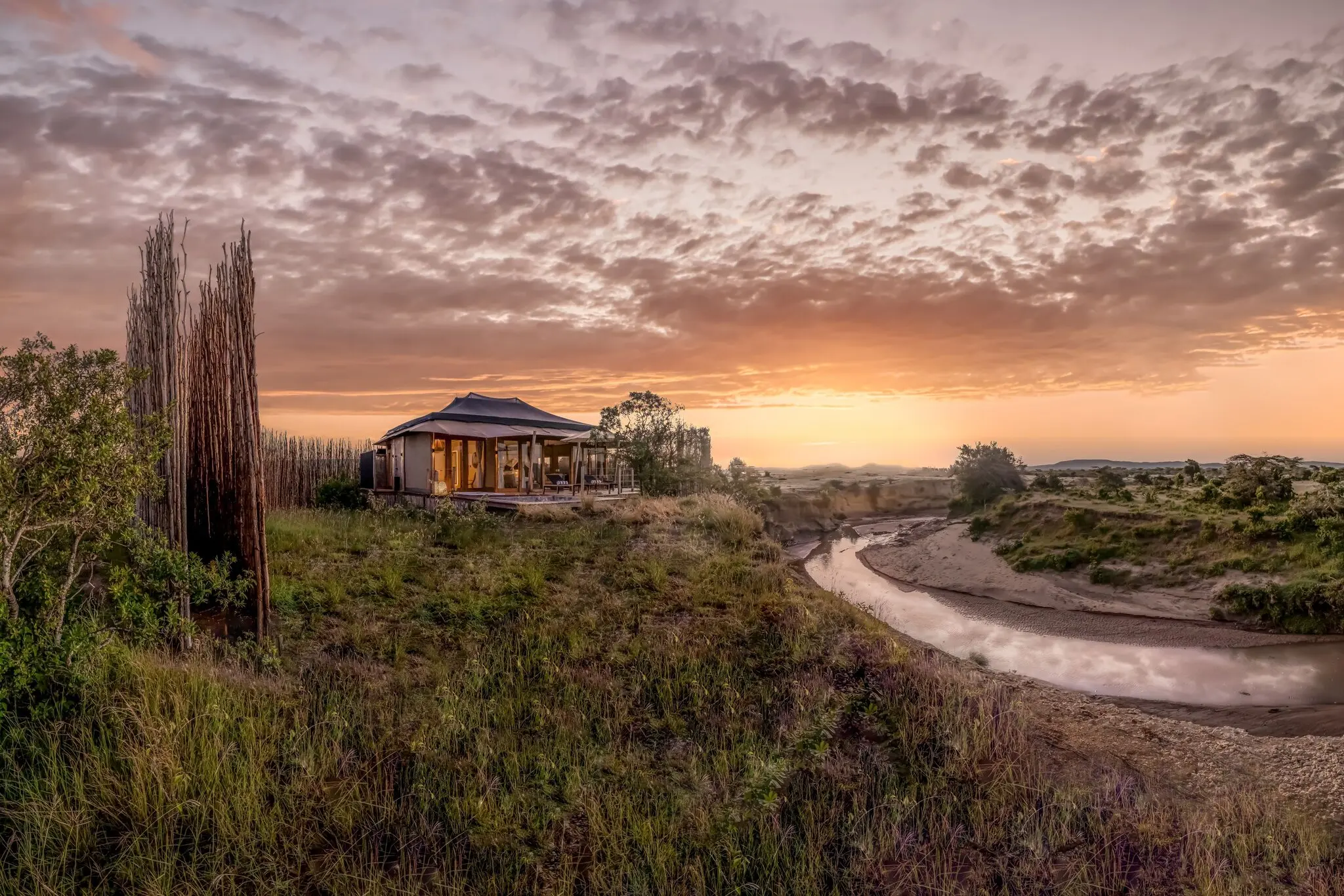
‘Parasites’ or Partners?
Some local residents stress that they do not oppose tourism itself, but how some big international brands behave.
“Tourism is important, but multinational companies that come here and run roughshod over us, ignoring our rights and nature — the only word for them is parasites,” said Dominic Kasoe, 30, who grew up near the reserve.
Mr. Landry, the camp’s general manager, rejects that description. He said Ritz-Carlton supports “inclusive growth,” aims to foster local pride and wants to deepen its ties with the neighboring communities. According to him, 90 percent of the camp’s staff are Kenyan, and around 40 percent come from the local area.
Marriott has even bigger safari ambitions. In early 2026, it plans to open a JW Marriott Mount Kenya Rhino Reserve and a JW Marriott luxury safari lodge in Serengeti National Park, a UNESCO World Heritage site. The company already operates a popular JW Marriott hotel in the region. Many locals say they would welcome a Ritz-Carlton — so long as it is built away from migratory pathways.
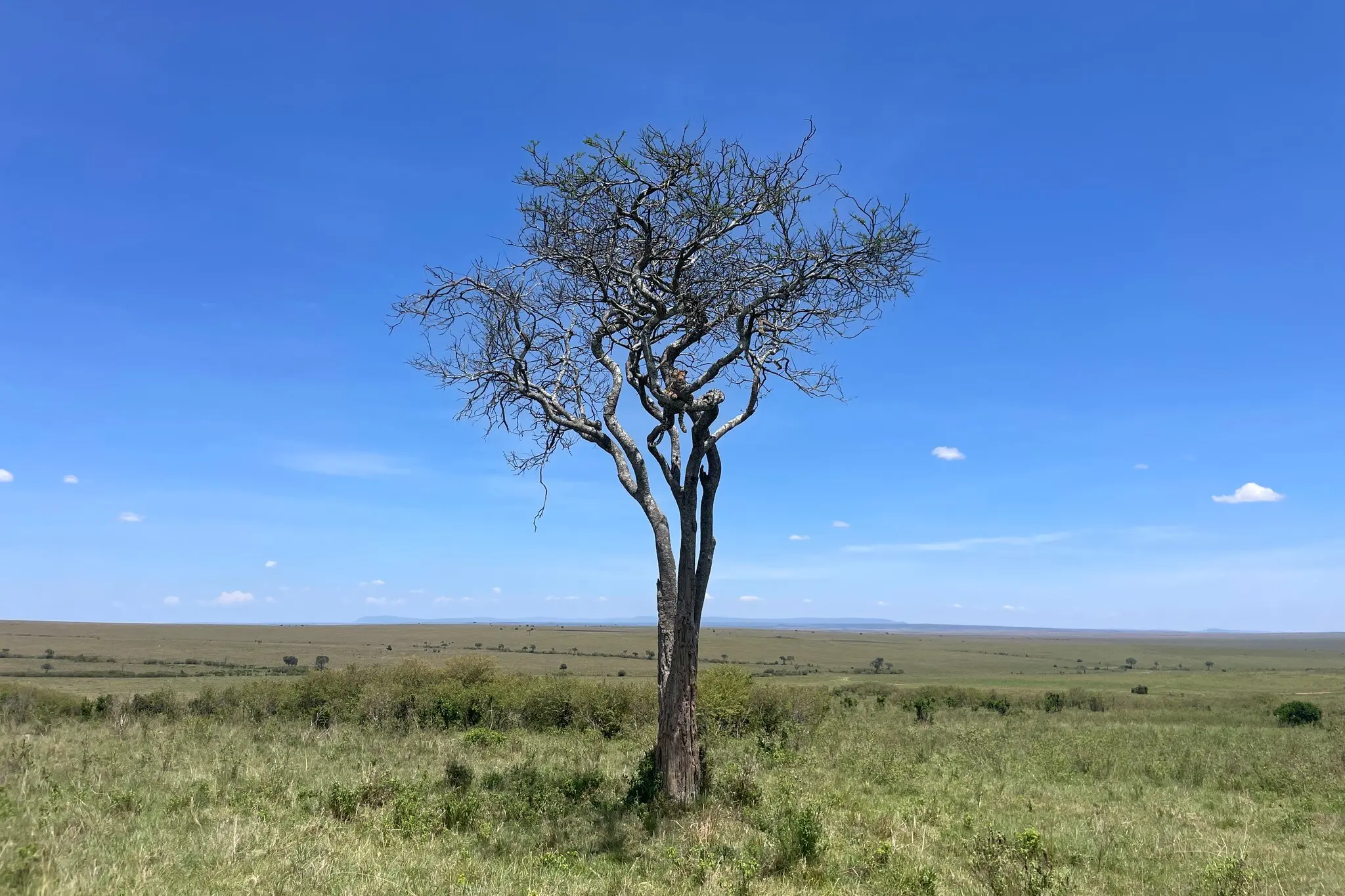
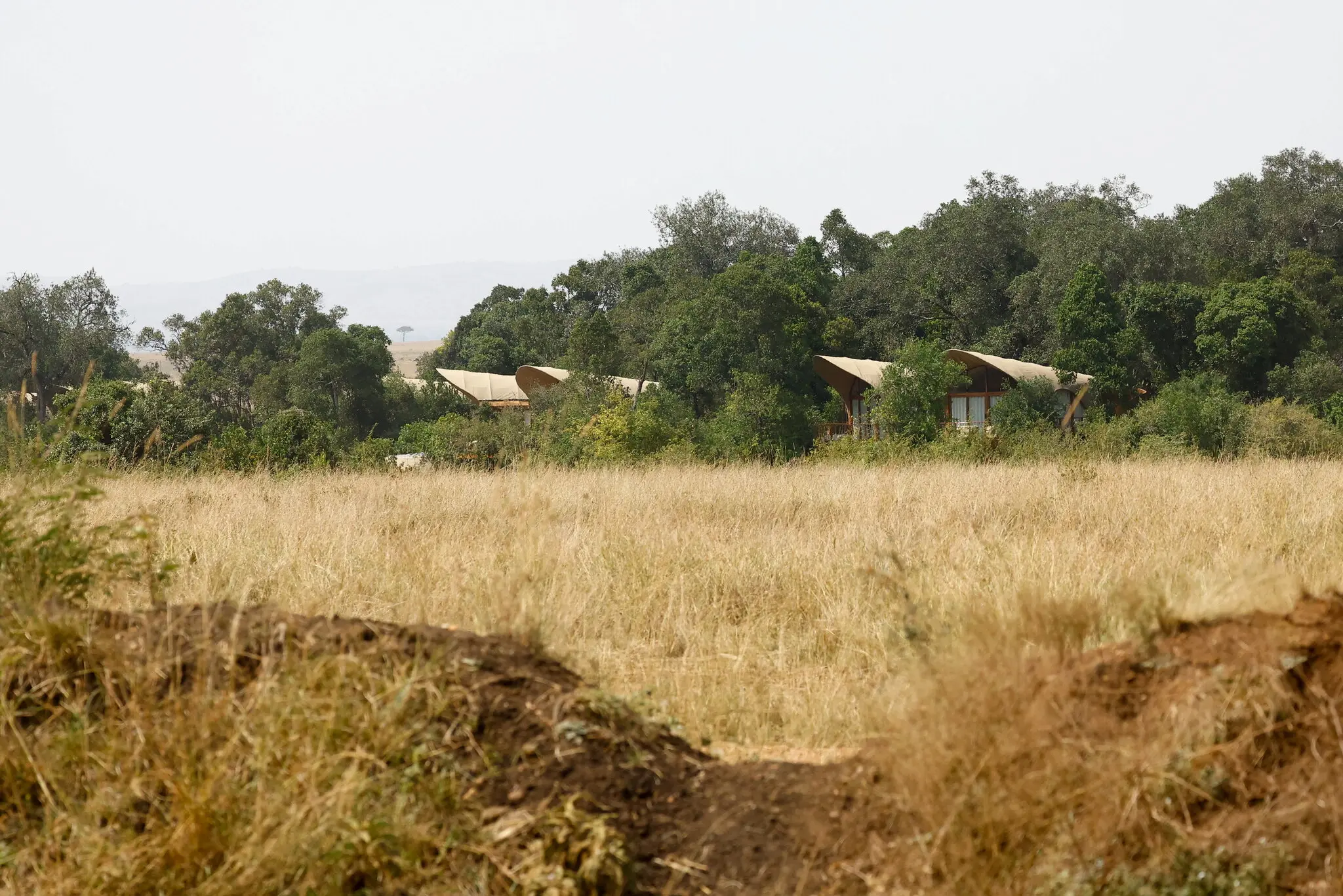
Locals Want Tourism — But Better Managed
Masai elders, guides and activists broadly agree that tourism is the economic lifeblood of the region and has brought real benefits.
“Two generations of Masai children have gone to schools funded by tourism,” said 71-year-old elder and livestock keeper Tilal Ole Sairowa. “Our hospitals, our scholarships — many of them exist because of tourists.”
He and others insist they do not want to shut tourism down. Instead, they want it overseen more carefully and transparently.
“We want tourism to continue,” he said. “We just want it managed better by our local government and park authorities, so that it protects our people and the wildlife we share this land with.”

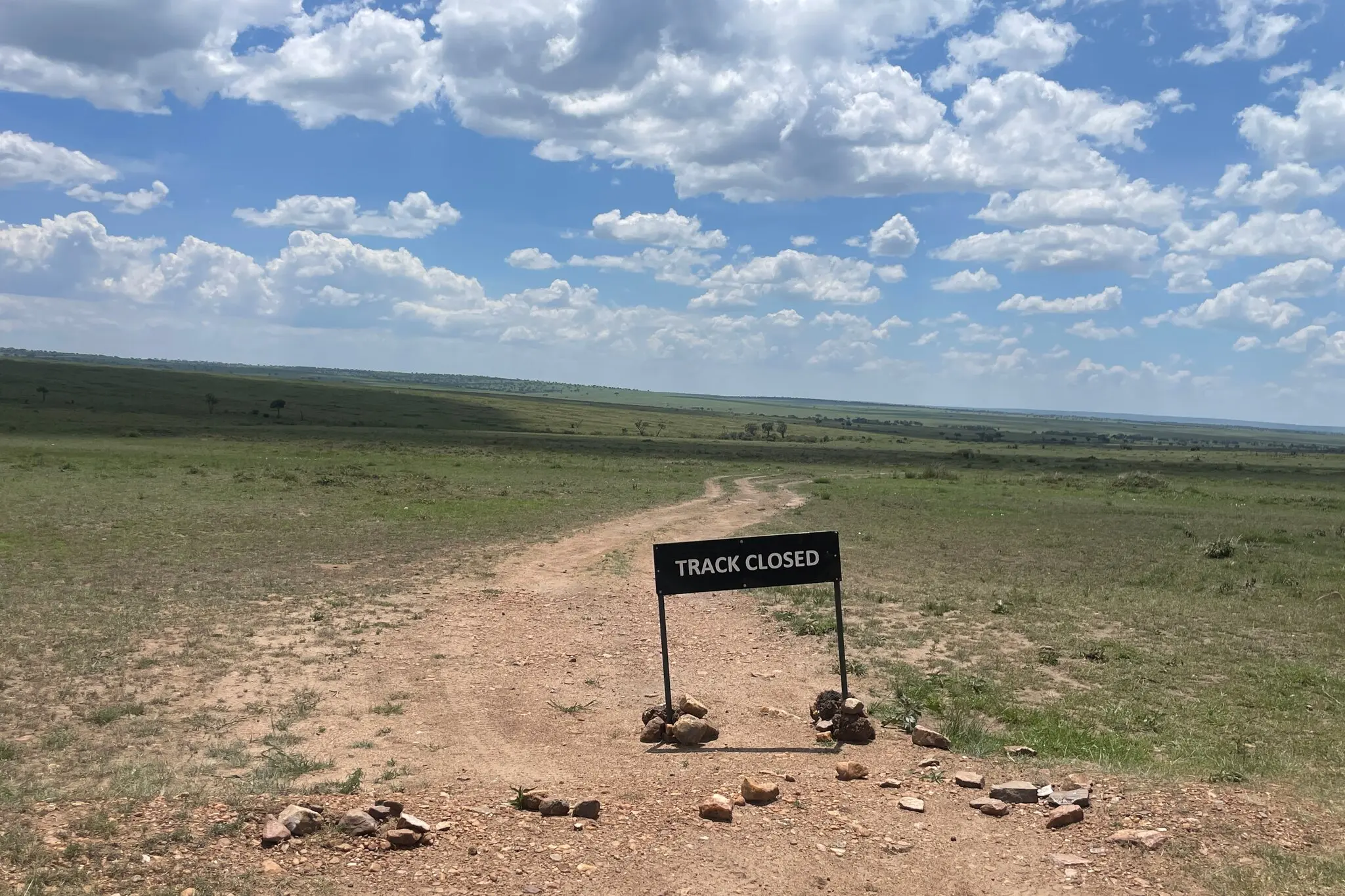








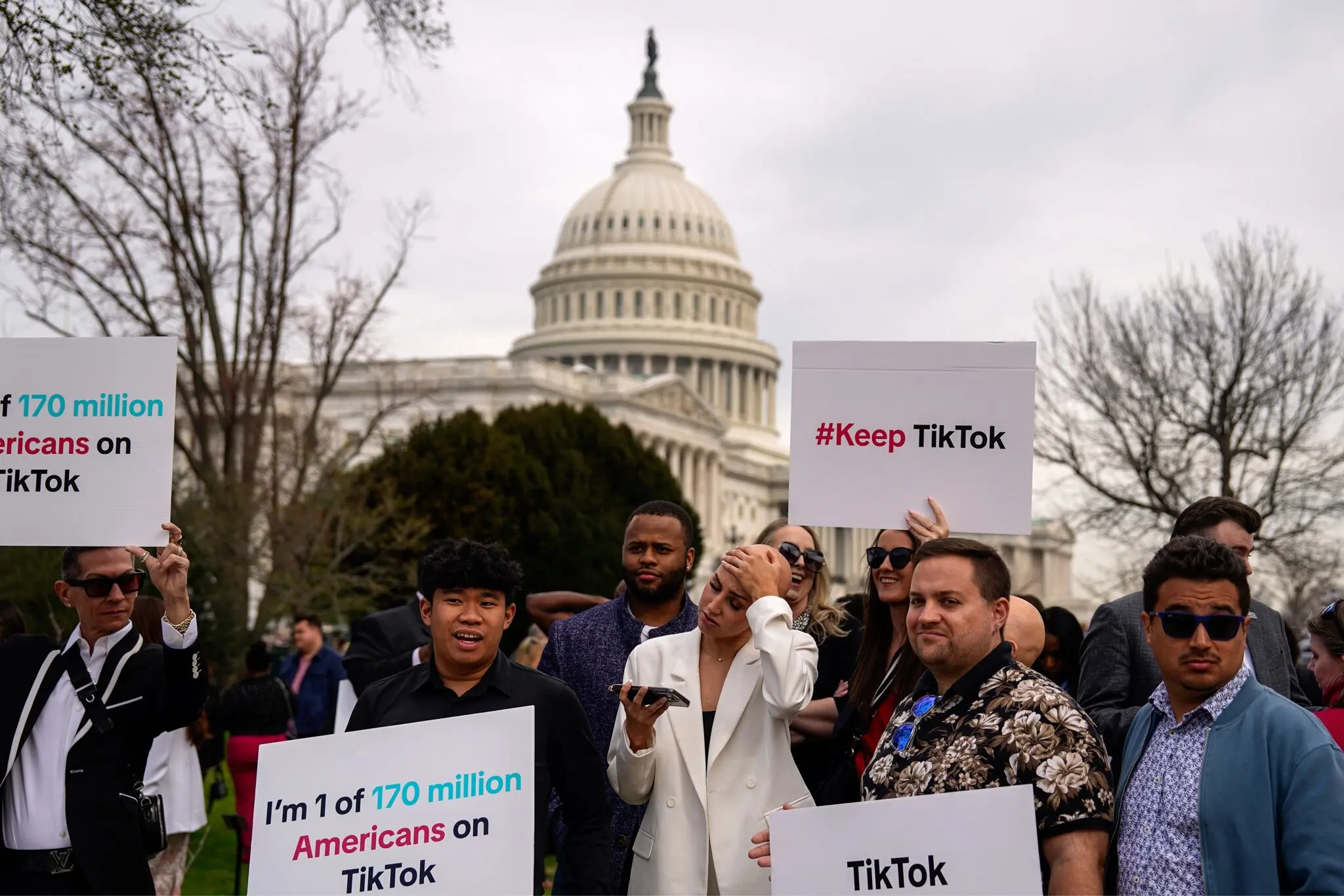

Leave a Comments